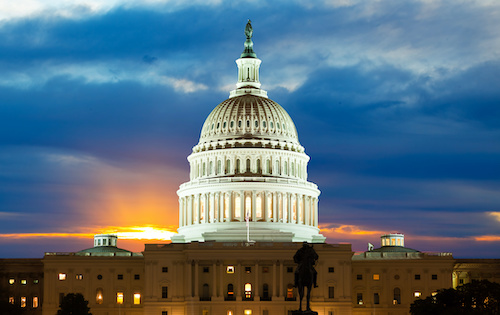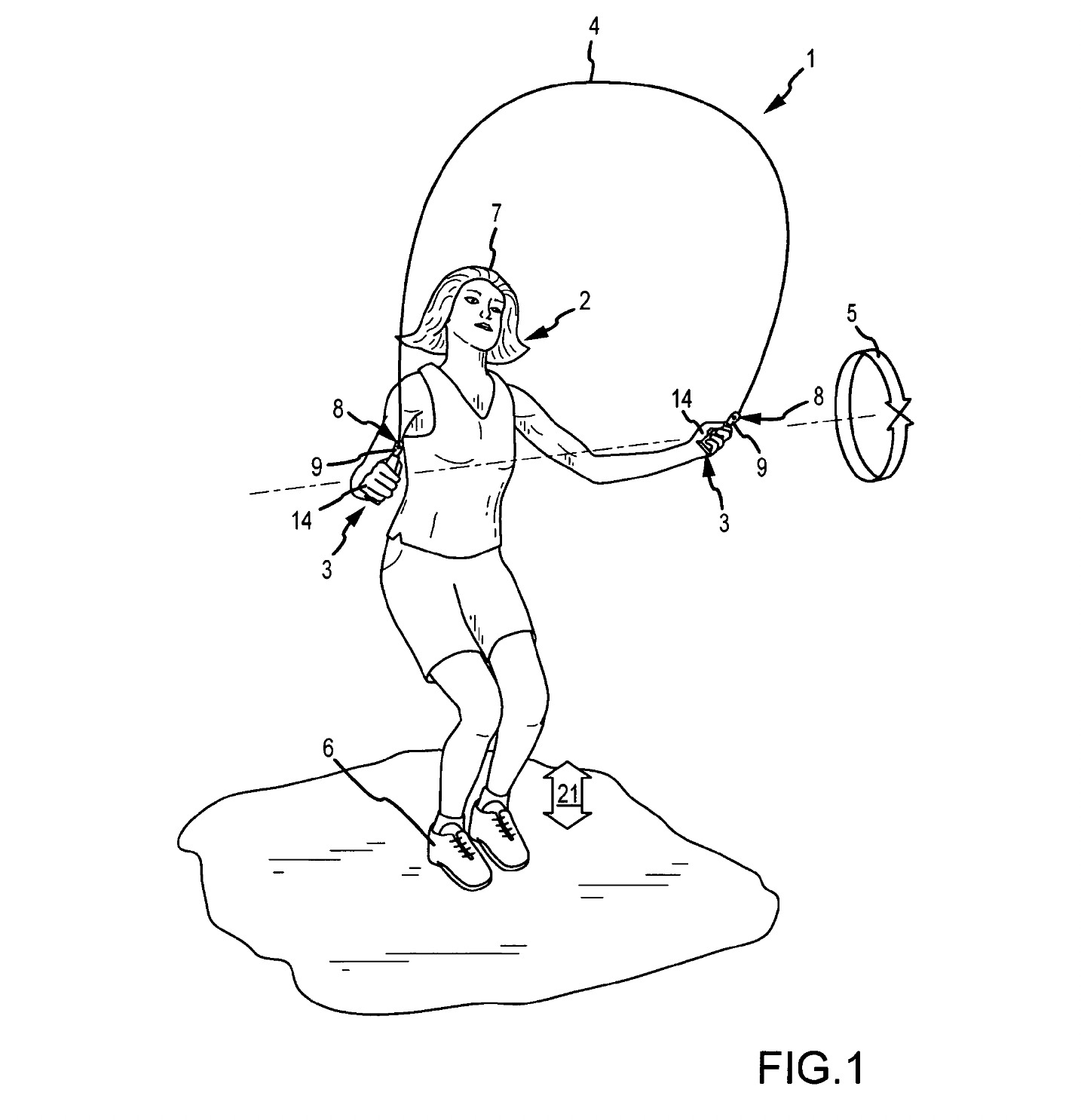How Bad Data Could Chill Critical Drug Innovation
“At least in our case, I-MAK appears to have reached its inflated figures by including 44 abandoned patent applications that never issued as patents, as well as a variety of patents that don’t cover our drug.” – Corey Salsburg, Novartis
In the days leading up to the recent all-day listening session on initiatives pursued by the U.S. Patent and Trademark Office (USPTO) and the U.S. Food and Drug Administration (FDA) to address drug patent issues, 30 public comments were filed in response to the Federal Register notice issued last November seeking input on ways that both agencies could promote both innovation and patient access to generic pharmaceuticals. Some comments cited data pointing to supposed issues with artificially extended market exclusivity for branded drugs, while at least one pharmaceutical firm called out a well-known data source as improperly inflating that company’s patent data. Suggestions for intra-agency collaboration included more access to drug dossier information during patent prosecution, although concerns were also raised regarding the prospect that such increased engagement could tax agency resources to the detriment of all patent applicants.
Novartis: I-MAK Used Abandoned Patents to Inflate Market Exclusivity Data for Gleevec
Novartis submitted a statement authored by Corey Salsburg, the company’s Vice President and Global Head of Intellectual Property Affairs, in which the pharmaceutical developer noted that its own experience matched claims about misleading drug patent information published by the Initiative for Medicines, Access & Knowledge (I-MAK). An I-MAK report issued in October 2017 claimed that Novartis’ cancer treatment Gleevec had a patent duration of 35 years and that generic competition would only enter the U.S. market in 2029. However, the report was issued one year after generic imatinib was approved for the U.S. market, making Gleevec’s actual time without generic competition only 15 years.
“The same report claims that Gleevec® was covered by ‘a total of 73 patents,’ when the real number of issued US patents on Gleevec® was five, with another one to four possibly covering some of the ways of making it, but only if those methods were (optionally) used. At least in our case, I-MAK appears to have reached its inflated figures by including 44 abandoned patent applications that never issued as patents, as well as a variety of patents that don’t cover our drug.”
Misrepresentations about patents obtained by pharmaceutical R&D firms like Novartis make it nearly impossible to appreciate the benefits that are obtained by patenting activities that anti-drug patent advocates often portray as trivial. Novartis pointed to several examples from its own history where additional patent protections allowed the company to develop new life-saving treatments, including its heart failure treatment Entresto, a combination drug utilizing a previously approved compound, and its genetic disorder treatment Vijoice, which uses the same compound as Novartis’ breast cancer drug Piqray. Novartis added that the increased cost of developing new uses, even when applying known pharmaceutical compounds, would have prevented the creation of these novel and successful treatments without the ability to obtain patents on post-launch inventions.
PhRMA: Belcher v. Hospira Is Hardly Indicative of a Systemic Problem
Also acknowledging the societal benefits of post-approval innovation was a comment submitted by the Pharmaceutical Research and Manufacturers of America (PhRMA) and authored by David Korn, PhRMA’s Vice President for IP and Law. Continuation practice, which has been targeted by anti-drug patent advocates for its supposed creation of so-called “patent thickets,” helps to achieve the patent system’s goal of early disclosures while protecting the rights of innovators to develop further patentable inventions, according to PhRMA. Limiting continuation practice would discourage innovators from filing patent applications if they cannot protect the full scope of their invention, PhRMA argues.
Belcher Pharmaceuticals, LLC v. Hospira, Inc. (2021), a Federal Circuit decision cited by anti-drug patent advocates as emblematic of the need for increased collaboration between the USPTO and the FDA, “is hardly indicative of a systemic problem,” PhRMA’s comment reads. Although the patent owner in that case failed to disclose material prior art to the USPTO and made inconsistent statements on the scope of the patent claims, the Federal Circuit imposed the severe penalty of unenforceability of the patent for inequitable conduct. “Indeed, there have been 4,696 Hatch-Waxman cases filed in US district courts between 2008 and 2022, and we have seen no evidence of a widespread problem of inconsistent statements to FDA and USPTO,” PhRMA notes.
PIRG: Make Patent Examination More Stringent for Inventions on Market-Approved Drugs
The Public Interest Research Group (PIRG) argues that increased generic competition could reduce prescription drug costs, which currently make up 20% of U.S. insurance premium costs. Citing the House Oversight Committee’s December 2021 drug pricing investigation report, which identified 600 patents covering 12 drugs with a total monopoly period on those patents of 300 years, PIRG’s comment supports the idea that drug companies abuse the patent system in order to suppress competition and increase corporate profits.
Among PIRG’s recommendations for increased collaboration between the USPTO and the FDA include less emphasis on swift review of the 600,000 patent applications filed at the USPTO each year and more focus on providing high quality examination of pharmaceutical patent applications. PIRG further suggested that the USPTO create a system by which patent applications involving drug compounds currently listed in the Orange Book or Purple Book be flagged for more stringent patent examination. Another effort proposed by PIRG was the creation of a publicly-available database including information from both the USPTO and the FDA on market approved drugs and associated patent activities, including continuation applications and requests for continued examination.
Fresenius Kabi: Humira, Keytruda Gamesmanship Show Need to Focus on High-Value Patents
Health care company Fresenius Kabi filed a comment which agreed that pharmaceutical companies engage in tactics meant to artificially inflate the length of their market exclusivity to certain blockbuster drugs. Fresenius Kabi listed several examples of “gamesmanship” by which drug companies file an original patent application disclosing the primary “backbone” structure of a drug and then a later patent application claiming other structural requirements of the same drug. These examples included the inflammatory treatment Humira, which had its peptide sequence disclosed in a 1996 patent application, more than 10 years prior to the filing of a patent application claiming the host cell’s protein level; and the cancer drug Keytruda, which was first claimed in a 2008 patent application, 14 years prior to a 2002 patent application claiming the drug’s oxidation level.
Acknowledging the significant burden already on the USPTO to examine patent applications, Fresenius Kabi suggested that FDA employees provide patent examiners with certain materials from drug regulatory dossiers that pertain to a drug’s structural and ancillary features. Patent examiners could also be furnished with product development reports maintained within FDA drug dossiers, which would help examiners determine whether ancillary features are obvious over any alleged secondary considerations. Further, Fresenius Kabi recommends placing some of the onus on patent applicants by requiring them to stipulate during patent prosecution that they have not made inconsistent statements to the USPTO and the FDA.
AIPLA: Current Disclosure Rules Work, Info Sharing Will Create Significant Burdens
In its comment, the American Intellectual Property Law Association (AIPLA) indicated the organization’s belief that inconsistent statements between the USPTO and the FDA were not a widespread problem leading to a significant number of patent grants that the USPTO should not have issued. Enforcement of duties to disclose information material to patentability already required by 37 CFR § 1.56, including the risk that inconsistent statements lead to an unenforceable patent grant, already gives patent applicants a strong incentive against making such statements during patent prosecution.
Any initiative that creates an information sharing system between the USPTO and the FDA will increase burdens not only on those agencies but all patent applicants as limited agency resources would be diverted from general patent examination activities. Further, AIPLA notes that information shared between the agencies could risk the exposure of trade secrets, which in turn could discourage future pharmaceutical innovation.
Image Source: Deposit Photos
Image ID: 81429376
Author: iqoncept
Steve Brachmann
Steve Brachmann is a graduate of the University at Buffalo School of Law, having earned his Juris Doctor in May 2022 and served as the President of the Intellectual Property […see more]







